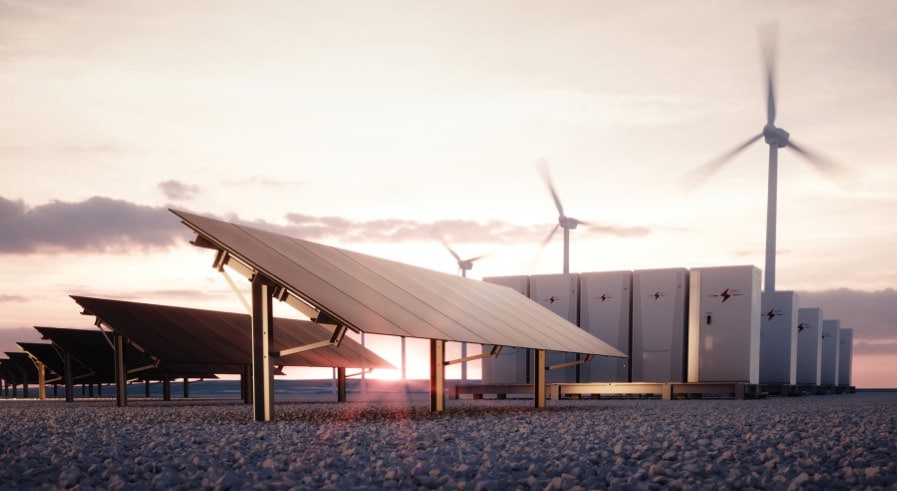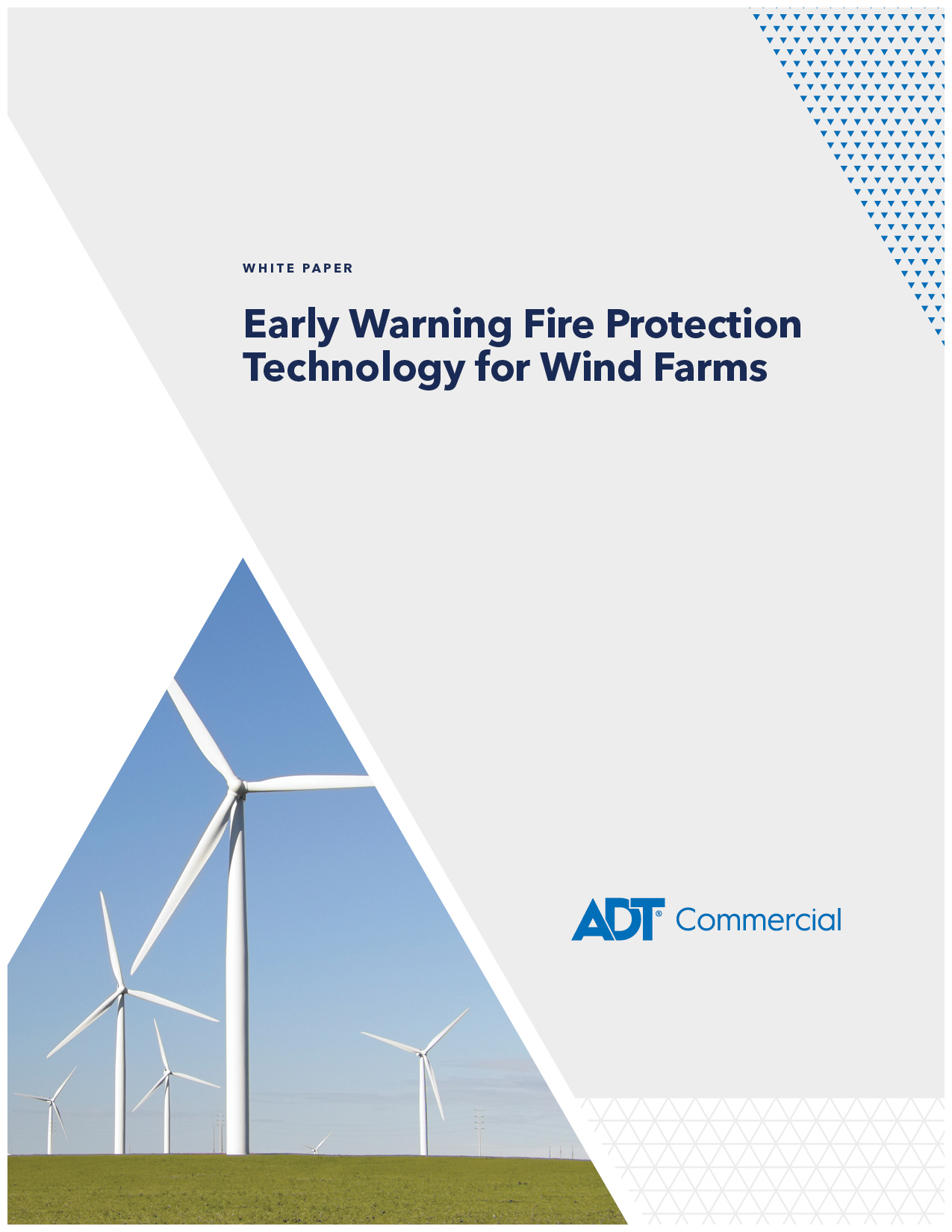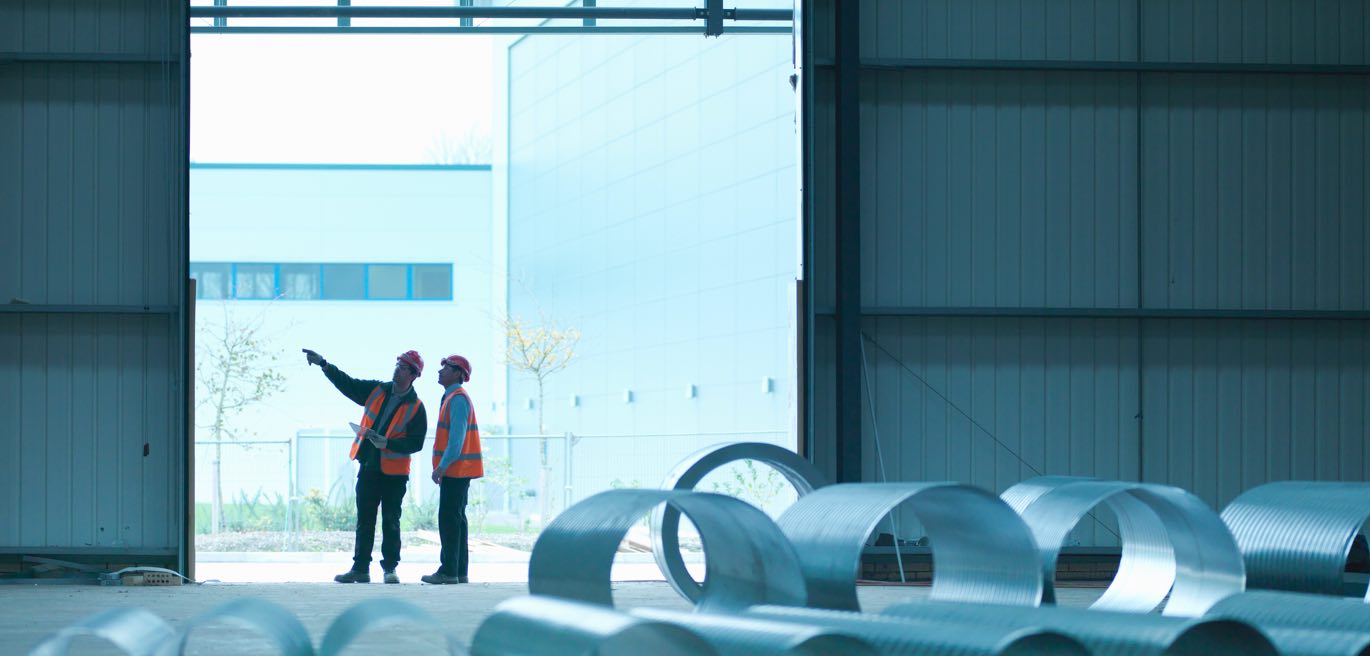
Clean energy and the Inflation Reduction Act
Historic and far-reaching, the Inflation Reduction ACT (IRA), signed into law on August 16, 2022, is one of the largest ever U.S. energy sector public investment programs aimed at combating climate change, advancing clean energy, creating jobs in the U.S. and strengthening the economy.
The IRA’s $370 billion in federal funding with $250 billion allocated for renewable energy is expected to help address inflation by spurring private investment in clean energy to reduce greenhouse gas emissions and revitalize American manufacturing, employment and domestic clean energy supply chains while helping cut consumer energy costs.

By some estimates, renewable energy investment is expected to total $1.2 trillion on a global scale by 2035. The legislation and its revised tax credit structure is viewed as a catalyst for making the industry even more attractive to investors by providing long-term certainty in the renewables sector through sustained tax benefits to renewable energy producers, manufacturers and utilities.[1]
Tax credits a game changer
Prior to adoption of the IRA, tax credits for renewable energy lacked any cohesive federal strategy, relying instead on a fragmented approach often related to specific technologies, with varying amounts, short timelines andcomplex ownership structures.
Provisions included in the IRA are expected to help scale wind and solar generation from about 13% today, to upwards of 60% by 2030.[2] The tax credit revisions provide sustained incentives to encourage domestic manufacturing, sourcing, labor and utility buy-in. This helps to create a reliable investment environment and business certainty by extending credits at their full value for 10 years. This tax credit extension gives investors, manufacturers, utilities and developers enough time to plan and build new facilities and projects into the 2030s and will only start to decline after power sector greenhouse gas emissions have decreased 75% from today’s levels.
The Clean Electricity Investment Tax Credit (ITC) and the Clean Electricity Production Tax Credit (PTC)—two new tax credits for projects placed in service after 2024—operate similarly to the existing ITC and PTC but are technology-neutral. The new credits would apply to any electricity generating facility that has an anticipated zero greenhouse gas emissions rate. The Clean Electricity Investment Credit will also apply to standalone battery storage technology and the new credits are not scheduled to phase out until after 2032.[3]
Provisions included in the IRA are expected to help scale wind and solar generation from about 13% today, to upwards of 60% by 2030.
Solar
Solar energy producers are well-positioned to benefit from the new federal incentives resulting in a projected additional 65% solar generation capacity between 2022 and 2032 with most of the upside anticipated after 2027 as the industry takes time to scale up.
Energy storage
At the heart of the IRA is an extension of the investment tax credits (ITC) that now includes standalone storage as a qualified technology. Separating batteries from solar ITC dependency will allow for greater diversity and flexibility to optimize existing electricity transmission lines and improve connectivity for better access to energy communities, especially those in low‑income areas.

Wind
During 2022, U.S. onshore wind power plants have experienced an installation slowdown due to rising equipment prices, supply chain delays and uncertainty over possible policy changes. Under prior law, the PTC for wind facilities phased out between 2017 and 2021 but provisions in the IRA extend that timeline through 2024. Extension of the existing PTC for wind energy also applies to biomass, landfill gas, trash, qualified hydropower and other designated electricity generation facilities.
Clean energy and manufacturing
All energy producers in business today, including those in the oil and gas industry, are under pressure to reduce their carbon emissions. This new law will help them to accomplish this by providing additional earned tax incentives as they make progress toward their goals. Examples include a Methane Emissions Reduction Program aimed at reducing leaks from the production and distribution of natural gas and a deployment program to reduce emissions from the largest industrial emitters like chemical, steel and cement plants.
Energy tax credits
Energy tax credits are also available to large-scale manufacturers, distribution centers, car makers and transportation companies, among others, in the form of grants, loans and production (PTC) and investment tax credits (ITC) when they implement renewable energy systems at their facilities—all with the goal of realizing net-zero emissions in the U.S. no later than 2050. This includes:
- $30 billion in PTC to accelerate U.S. manufacturing of solar panels, wind turbines, batteries and critical minerals processing
- $10 billion in ITC to build clean technology manufacturing facilities, like those that produce electric vehicles, wind turbines and solar panels
- $2 billion for National Labs to accelerate breakthrough energy research
- $500 million in grants to retool existing auto manufacturing facilities to produce clean energy vehicles
- $2 billion in grants to retool existing auto manufacturing facilities to produce clean energy vehicles
- Up to $20 billion in loans to build new clean vehicle manufacturing facilities across the country
- Nearly $30 billion in targeted grant and loan programs for states and utilities to accelerate the transition to clean electricity
- $9 billion for federal procurement of American-made clean technologies to create a stable market for clean products
- $3 billion for the U.S. Postal Service to purchase zero-emission vehicles

Local communities can tap into this new source of federal funding through a $27 billion clean energy technology accelerator to support the deployment of technologies to reduce emissions, especially in marginalized communities. There are additional investment and production tax credits for certain projects that are located in “energy communities.” These may include certain brownfield sites, statistical areas that satisfy employment or local tax revenue thresholds, as well as census tracts or adjoining census tracts where a coal mine was closed after 1999 or a coal-fired electric generating unit has been retired after 2009. An additional ITC amount is also available for certain projects located in low income communities or on Native American land.[4]
Conclusion
The extension and expansion of these tax credits are certain to advance the progression and prevalence of renewable energy development over the coming years, particularly wind, solar and battery storage projects. As energy producers avail themselves of this new, more reliable source of federal funding, alternative energy sources will also grow in importance as a strategic part of the nation’s critical infrastructure.
Companies on the cusp of this impending growth trend that plan projects with this in mind can further protect their investment by proactively building in risk mitigation, safety and security measures to help address the fire, life safety and security dangers these critically important energy facilities face now and will in the future.
- Fire & Life Safety innovations take a holistic approach by using advanced detection technologies and performance-based systems that can work together to establish layers of safety and fire prevention at energy production and storage centers. These early warning systems can be professionally tested, serviced and maintained to ensure peak performance and can also be monitored at the fire alarm control panel including:
- Thermal Imaging Cameras to graphically illustrate the temperature of the objects and equipment the camera can see.
- Off-Gas Detection technologies can provide an alert in the initial stage of lithium-ion battery failure at battery storage facilities to help prevent thermal runaway.
- Very Early Warning Smoke Detection systems using ultra-sensitive sensors to provide early warning of an impending fire event, buying time to initiate an emergency response to prevent injury, property damage or business disruption.
- Risk Mitigation by a single, trusted security partner can provide solutions that consistently reduce security and life safety risks. Issues and gaps in service can arise when working with multiple security, life safety, fire suppression and monitoring providers.
- Safety and Security threats across the energy industry—whether at oil and gas facilities, refineries, transmission and utilities sites or at renewable, power-generating locations—face a broad range of security threats, including terrorism, active shooter incidents, intruders, as well as employee health and safety issues. Address your most complex security needs by seamlessly integrating access control, intrusion protection, video surveillance and fire alarm systems enhanced by professional, around-the-clock monitoring.
Just as innovation is accelerating growth in the evolving renewable energy industry, advanced fire prevention and life safety technologies like off-gas detection, very early warning smoke detection and thermal imaging camera systems designed by a trusted fire protection engineer or a life safety professional, combined with advanced alarm monitoring can help ensure solar, wind power or battery storage facilities are operating at the highest levels of safety.

Four ways IRA revamps tax credit structure
- $250 billion in clean energy tax credits through the IRA is a gamechanger for renewable energy companies by establishing a reliable long-term investment environment for clean energy projects over the next 10 years instead of the previously guaranteed one to three years
- Provides business certainty by extending credits at their full value for at least 10 years giving investors, manufacturers, utilities and developers time to plan and build projects into the 2030s
- Expands the scope and flexibility of federal tax credits to allow any new zero-emissions technology—not limited to solar power and wind turbines—to qualify for either investment or production tax credit when clean energy is added to a company’s manufacturing facilities
- Energy storage technologies are now also eligible for investment tax credits (ITC)
Let’s start a conversation
We make it easy to switch providers, and our onboarding process is predictable, dependable and painless.



